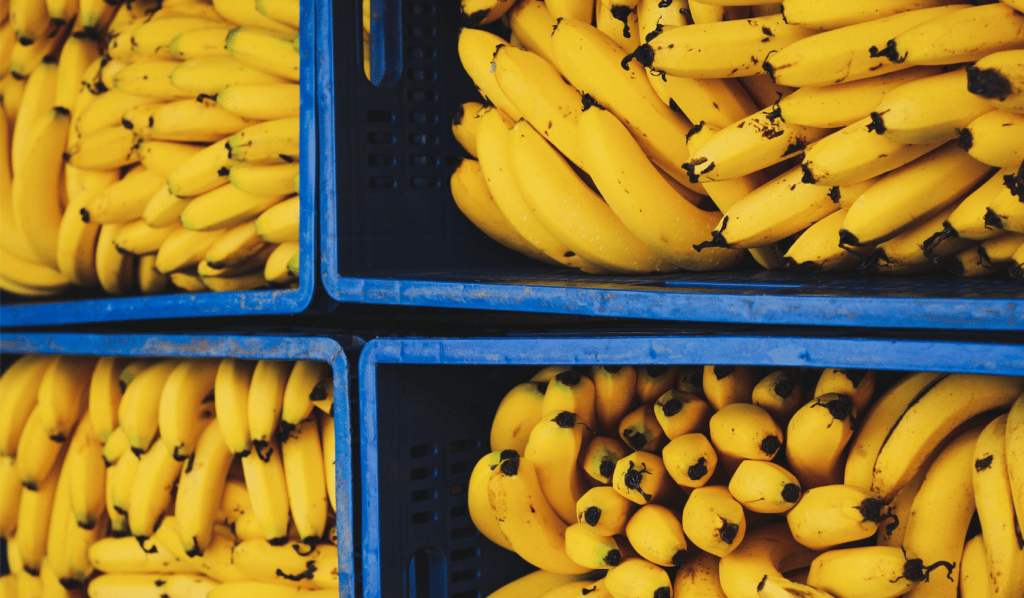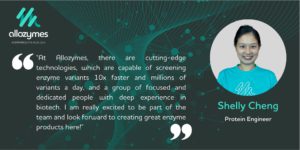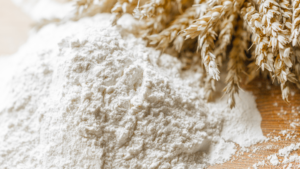The drive towards upcycling for a biocircular economy through custom-designed enzyme engineering
Upcycling – as defined by Miriam-Webster – explains the act of recycling a product with the final goal of being generated into a new life, and one that results in a higher value product. In a transition to a world with shifting sustainable goals, the act of pushing recycling and reuse to the next level of upcycling is the future and is of the highest importance.
When focusing on the act of upcycling a product or waste through the use of enzymatic development, we have to understand the way that they connect. One example of how Allozymes’ technology can be leveraged into upcycling waste is through banana pseudostem, rice husks and wheat straw. In this day and age, about 114.08 million metric tons of banana waste is generated. Rice husk, which accounts for 20% of rice plantation, contributes to around 101 million metric tons of waste 1 while wheat straw contributes to around 800 million metric tons of agricultural waste in 2021. 2,3
A major component of the agriculture waste is lignocellulose, lignin and cellulose, which has enormous potential as an energy source yet are usually left unmanaged after harvest or after food processing. At Allozymes, we are engineering custom enzymes for the manufacturing of fiber-derived sugar from lignocellulosic biomass to meet the growing demand for a naturally-sourced sugar alternative market worth 18.1 billion. Such fiber-rich sugar would serve as a healthier alternative to the current sugar while enabling sustainable sourcing by upcycling banana waste.
Yet another large agricultural waste stream involves Pectin which is found in banana pseudostem and peels. It’s reportedly used for manufacturing glycerol for the cosmetics market. But a big challenge in upcycling pectin is its extraction from banana pseudostem or peels. The most common method is heating the samples followed by a series of filtration, precipitation, and purification. Such methods involve high energy costs, complicated steps, and generate harmful chemical waste. Enzymatic extraction of pectin could unlock higher yields of pectin and more sustainable processing, in comparison with the traditional chemical methods. Allozymes can leverage our enzyme engineering strengths to improve pectin extraction by developing better performing enzymes. Leveraging on our microfluidics platform, we accelerate the enzyme engineering process for 1,000x faster enzyme screening, while being 10x more cost-effective for enzyme engineering.
In a push to focus our companies work on sustainable development and being a part of the change addressing the stark realities of climate change, Allozymes’ technology is proud to be sustainable. Not only is our technology’s use of replicating natural processes instead of taking from natural resources a sustainable outlet for manufacturing on a cleaner and greener scale, we are ready to take it to the next level. By pushing forward, Allozymes is generating an enzyme that can work towards a biocircular economy. Taking agriwaste and upcycling to give it a new life and producing new yields from production, we are going one step further in our fight to address climate change. Enzyme engineering is the future of sustainable agriculture upcycling, and sustainable solutions across sectors. Working to generate custom-designed enzymes to answers sector agnostic needs to scaleable and green production, Allozymes is proud to host the innovative technology with the answers.
The content of this blog was produced originally for the purpose of the Future Food Asia 2022 Conference White Paper. All above content is generated by Allozymes.
1 https://www.statista.com/statistics/271972/world-husked-rice-production-volume-since-2008/
2 https://www.canr.msu.edu/news/whats_the_nutrient_value_of_wheat_straw
3 https://www.statista.com/statistics/272536/acreage-of-grain-worldwide-by-type/




